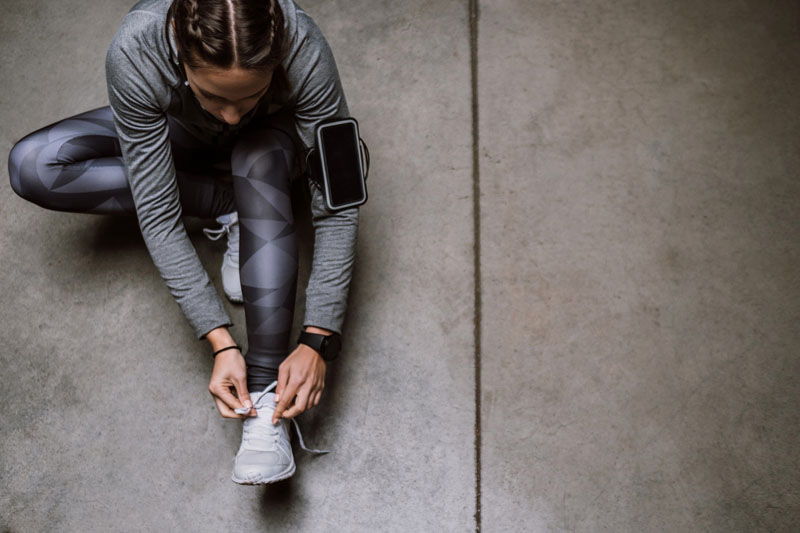BAKERS CYST, UNDERSTANDING AND MANAGING.
Understanding the fluid filled sac at the back of your knee and how to manage its symptoms and prevent a recurrence.
Understanding that strange lump behind your knee. Some people may develop a lump at the back of their knee. It isn’t always necessarily painful but can be unpleasant. In most cases this lump is a harmless Bakers Cyst. Also known as popliteal cyst.
Bakers cysts are fluid filled sacs. The body has fluid (synovial fluid) that lubricates your knee joint to protect in the case of irritation, inflammation & reduce pain. Synovial fluid reduces friction between articular cartilage in joints during movement. If there is an excessive production of synovial fluid, for whatever reason, pressure builds up and this excess fluid is then forced out to the back of the knee and a cyst can then form.
These cysts have been recorded to affect more woman than men, as they are more susceptible to various forms of arthritis such as osteoarthritis & rheumatoid arthritis.
Arthritis sufferers are more prone to Bakers cysts, but they can also occur from sports injuries, cartilage injury and gout.
Although uncomfortable, these cysts don’t require much treatment, and most go away by themselves.
Here are ways to identify a baker’s cyst:
If you suspect you may have a popliteal cyst your doctor may diagnose it with an ultrasound or MRI. They may also want to rule out that the cyst is nothing more serious than just a cyst. Concerns would be a cancerous growth, tumour, blood clot or deep vein thrombosis (DVT).
Treatment for a cyst is rather limited but could include:
- RICE (Rest, ice, compress & elevate)
- Your doctor may drain the cyst. This is known as needle aspiration, whereby the doctor removes the fluid with an injection.
- Painkillers for pain relief or
- Cortisone injection.
- In severe cases, your doctor may want to perform an operation to remove the cyst.
Sometimes a cyst can cause pain and/or swelling, this is not a good thing and you should seek medical advice as soon as these symptoms start to appear.
If your cyst bursts, however, this is a cause for concern. A ruptured cyst can leak fluid into your calf and ankle and could lead to prolonged pain, swelling and sometimes redness around the knee, calf & ankle areas.
To try and limit your chances of developing a Bakers cyst, especially if you have arthritis or have had major knee trauma, you can do the following:
- Stay active and keep you knee moving comfortable through a full range of motion.
- Be sure to warm up sufficiently before working out
- Practice a regular stretching routine after activity
- Wear the correct shoes when working out.
- Be intuitive with your body and address any discomfort that arises as soon as possible.
With all advice you read, be sure to see your treating physician and make sure you are safe and following the right treatment plan for your particular circumstances and conditions.







